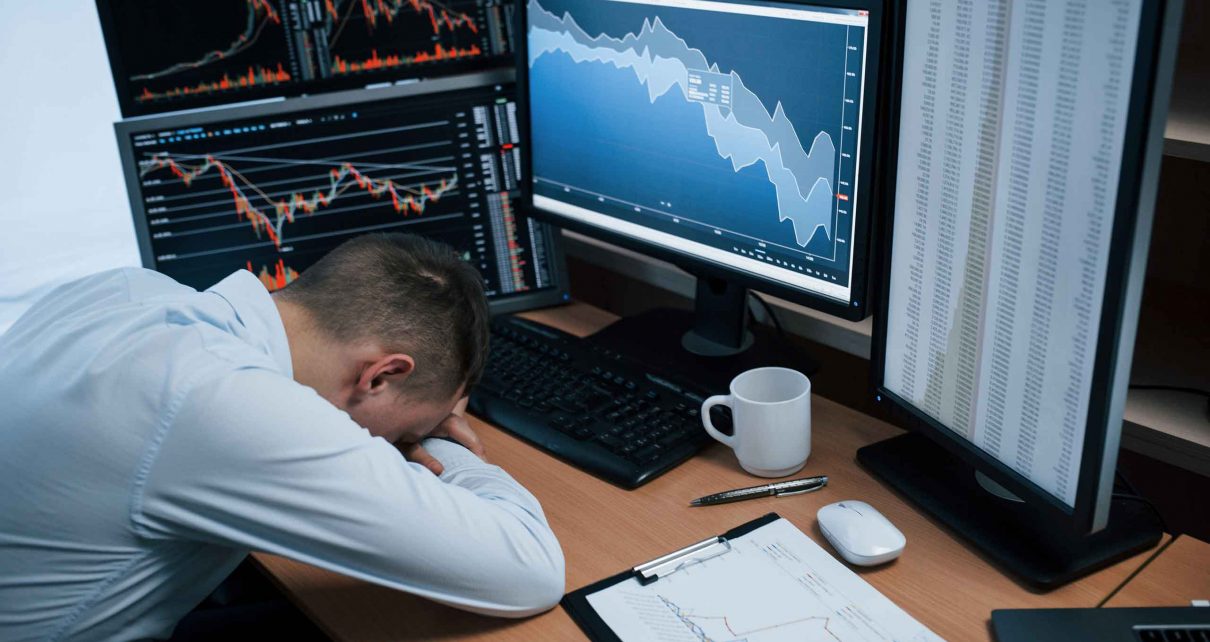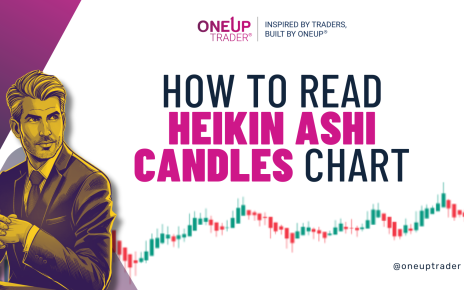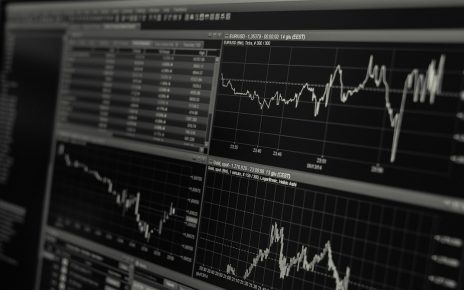There is no easy formula that guarantees victory in the market but there is one that guarantees a big loss and that is, the “lack of preparation”.
Your trading routine, from the start of the day to the end of the market, potentially defines your overall success. The greatest mistake you can make, apart from lack of preparation for a trading day, is to let your mental and physical traits affect your trading. Lack of preparation will set you on the path of failure.
Whether or not you succeed in trade, preparation is an important determiner, particularly for futures traders because futures trading requires high leveraging. The high leverage feature of the futures market makes it very risky. Therefore, when you are trading futures, ensure your trading is based on a properly planned preparatory routine.
Tips for the Best Trading Routine
1. Scanning the market environment
If you don’t want to be overwhelmed by big market movements, check out the economic calendar and keep up to date with key basic and geopolitical news.
Assume trading the S&P 500 futures, Dow or Nasdaq prior weekly report of unemployment claims. Envision trading all indices on a large P&L report. This news can be helpful or harmful. So what about making them part of your daily trading routine?
Also, the market is driven by two factors: sentiment and fundamentals. Knowing when the market is overreacting, following news sentiment, can be a trading opportunity. Likewise, it can also be a trading opportunity to see when market sentiment is not responding to the fundamentals of trades.
2. Preparing the Trading Platform
Is your data streaming accurate, your internet connection stable, your chart templates configured the right way, and is the market setup suitable? These are just some of the essential considerations. These details depend on the individual trading method.
For instance, you can:
a. Set the indicators according to your strategy.
b. Decide whether to trade or allow the trend to disappear.
c. Find out where the value line is and where most of the transactions take place against the price.
This allows you to assess the balance position between the bulls and the bears.
3. Prepare for your daily position by reviewing scorecards, skill scorecards, and trade lists
Apply a little bit of common sense. If you don’t look at the pivot table from the previous day, you probably don’t know if the result of a week or a month is moving in the right direction. This can have a serious effect on your trading ability if you have a weekly or monthly loss limit.
Imagine a 10% monthly loss limit, it is the second week and the total loss is already 6%. Could this still affect trade? You may need to reduce your posts. If you are trading more than one system, you may need to reduce the number of systems you follow and use a more conservative and less frequent system.
Alternatively, you can increase the number of contracts by adding 20%. Ultimately, it’s up to you but I hope you understand why reviewing the daily summary is so important.
4. Setting profit and risk management goals
Goal setting is very common and the frequent assumption is that merely mentioning it is a cliche. However, many traders tend to shoot before aiming and failing to aim can have serious financial consequences eventually, especially in the case of losses (very common in trading). If you are an expert trader, you’ll already know about this.
Sometimes, when trading opportunistic targets, we tend to forget about our trading. We may also be too busy to catch or miss an opportunity. Losses are now more important than profits. So, what is a convenient intermediate transaction risk management solution? Automation! Set up notification prompts for when you exceed certain limits.
Almost all traders who blow their accounts carefully consider their profit and loss limits. Also, all the traders who lose big deals either didn’t stick to their limits or were too busy trading. So, remember to set limit alerts.
5. Revaluation of the trading day after market close
In the end, you either make progress or suffer a loss. But where precisely are you on the map proceeding to your overall financial goals? It’s time to celebrate big or small achievements or heal your wounds and learn from your mistakes.
Perhaps, the more important of the two is to learn from your mistakes. A successful person in all aspects of life learns from failure. Those who cannot or refuse to do so are destined to repeat the unavoidable mistakes. You cannot say you have “experience” without learning from failure.
6. Live your own life
People who trade full-time don’t essentially live to trade. Trade is a way of life that requires physical, mental, and sometimes emotional challenges. Therefore, it makes sense to take the best care of your physical and cognitive health when it is essential.
When trading in the market, you can’t afford to be out of shape. Therefore, take care of your mind, body, and spirit. Exercise is important. When the body weakens, a well-functioning brain cannot function for a long time. Some traders find it good to do yoga or meditation. In the end, you’ll want to find out what works best for you.





